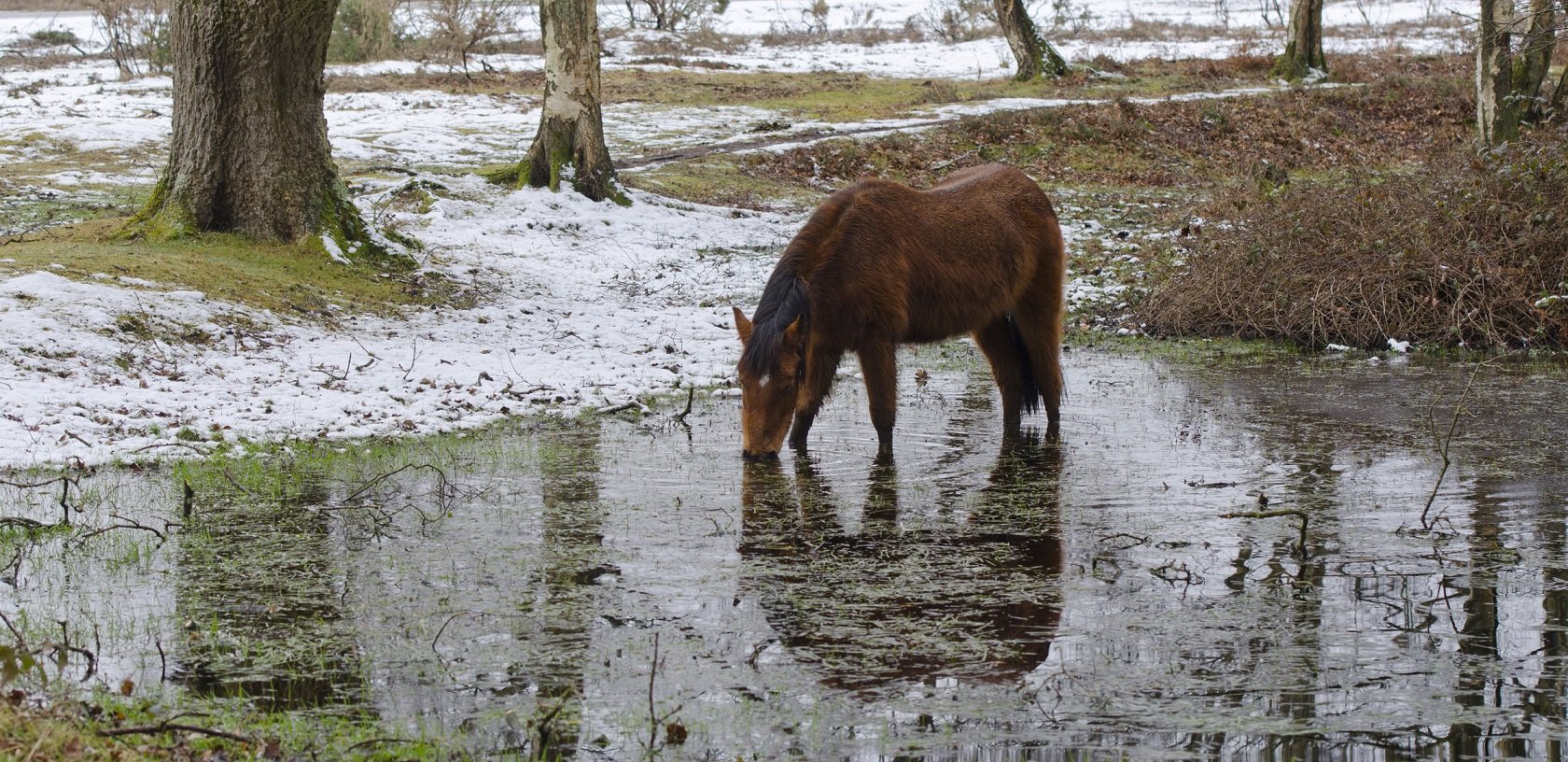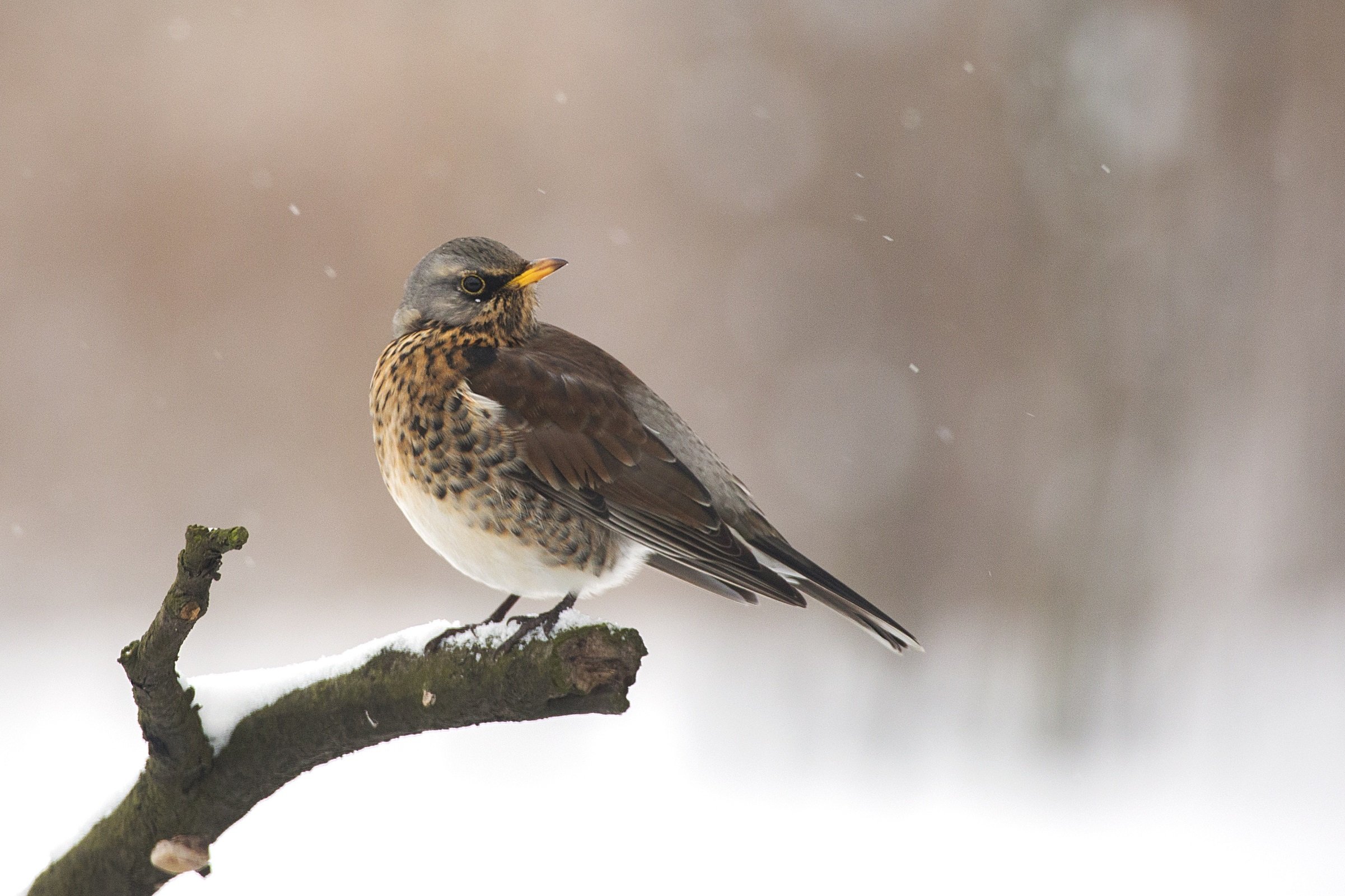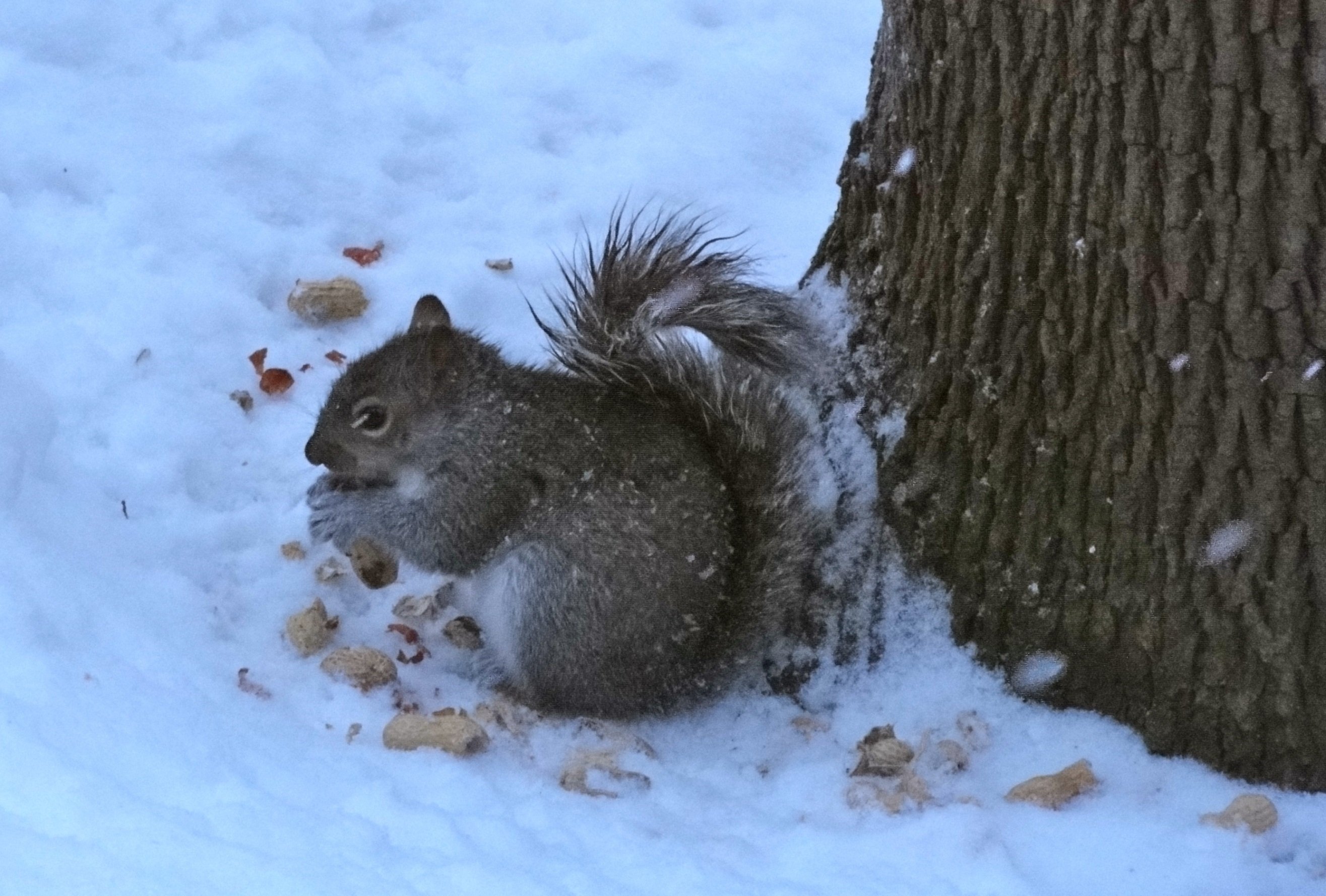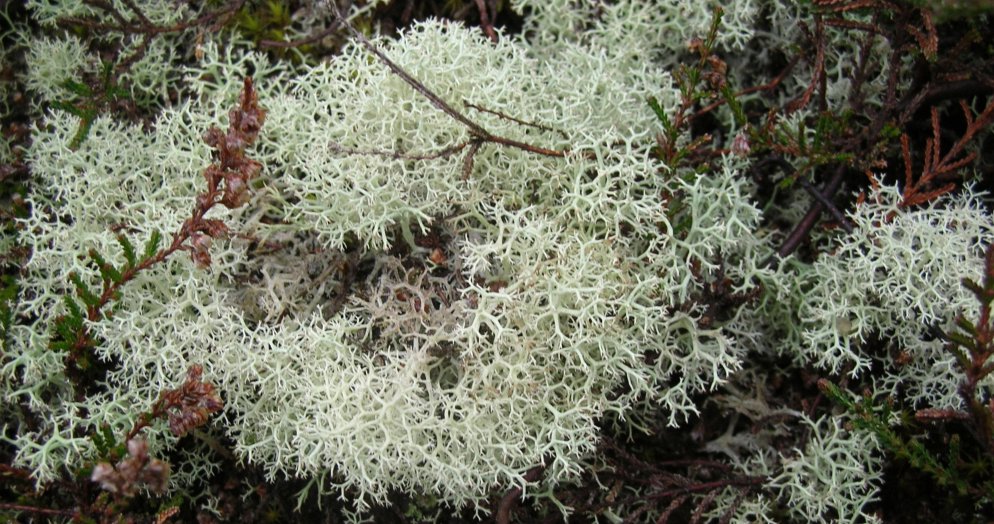January’s wildlife highlights
PUBLISHED ON: 14 JANUARY 2016This is the latest in a year-long series of monthly blogs, featuring seasonal highlights from the natural world in the New Forest. Keep an eye out for them as you explore the Forest this month and find out how to volunteer in the area at our volunteer fair.
The New Year can bring the coldest winter weather and the highest chance of snow, but there are still great opportunities for wildlife-watching in the New Forest.
Snowfall and frost offer the chance to look for tracks, trails and signs of mammals: see if you can spot the double, pointed slot tracks of deer, or the dog-like prints of fox, the five-clawed prints of badger or the ‘two-plus-two’ tracks of a hopping rabbit. Soft mud is often good for finding tracks and it’s both fun and educational to use plaster of Paris within a ring of card to make plaster casts.

Lakes and wetlands take on a particular atmosphere, with mists over the water and a chill in the air. Ducks, geese and swans are present in their highest numbers and the drakes (males) are in their brightest and best plumage of the year. The inland pools and coastal marshes of the National Park are wonderful places for bird-watching and low-lying areas flooded following a rainy period often attract gulls and ducks.
 (Credit: Jerzystrzelecki, Wikimedia Commons)
(Credit: Jerzystrzelecki, Wikimedia Commons)
Away from water, look for wintering redwings and fieldfares (above). They are members of the thrush family and move around in flocks in search of berries and then soil invertebrates. You may see small, streaky finches called siskins feeding on peanuts, sunflower hearts or Niger seed in gardens, or you could find a brambling (like a chaffinch with a white rump) or reed bunting (look for the white outer tail feathers) among ground-feeding finches.
Squirrels are frisky this month and you might see and hear them courting in the treetops. The female emits an irresistible scent and is hotly pursued by several noisy, chattering males. The fittest male mates with her and the babies are born six weeks later. She will have a second litter in the summer.

January is a low time for plant-hunting but lichens (below) and liverworts are present throughout the year. Lichens, an association between fungal and algal species, grow where the air is not too polluted, so they do very well in the New Forest both inland and along the coast. Liverworts are small, flower-less plants that thrive where there is constant moisture. Look out as well for mosses, and ferns such as the common hart’s tongue, in damp woods and hedges — these are at their best before trees cast their shade in spring.

Last but not least, winter is a great time to volunteer your time and energy; many outdoor practical tasks are best done when birds are not nesting and when tree branches are bare. There’s no better place to find volunteering opportunities than at the New Forest Volunteer Fair in Lyndhurst on 30 January. The event is free and showcases more than 40 local organisations — visit www.newforestnpa.gov.uk/volunteerfair

